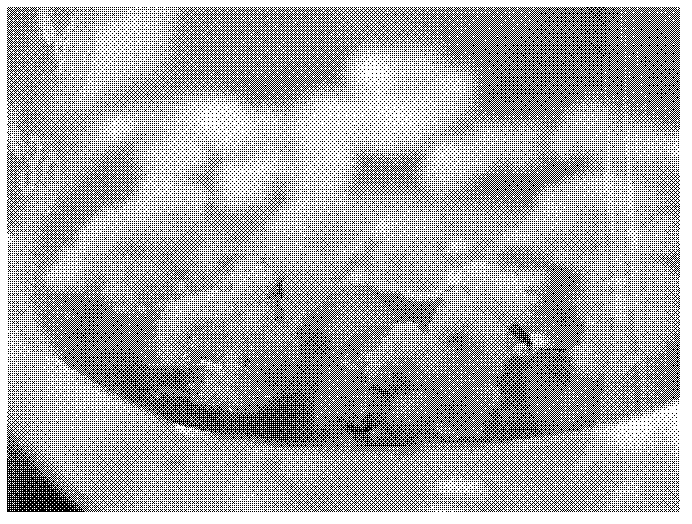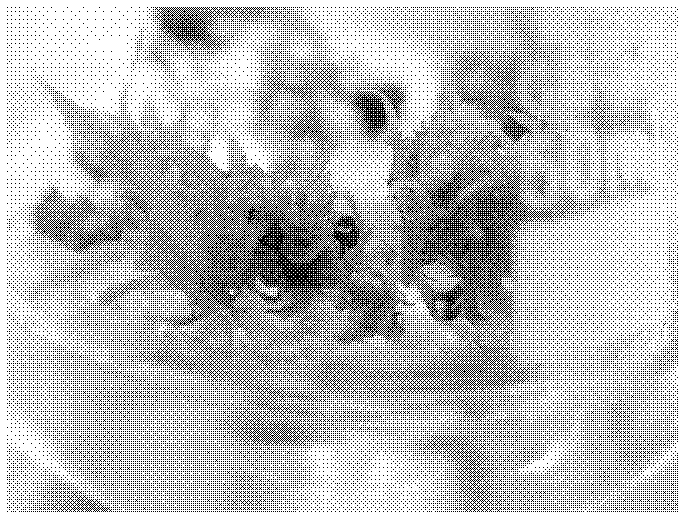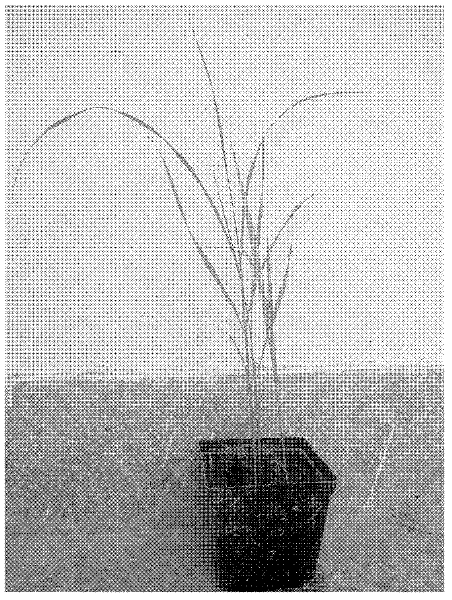Method for quickly reproducing miscanthus plant miscanthus and triarrhena hybrid NO.9 somatic embryo tissue culture
A technology of plants and hybrids, applied in botany equipment and methods, plant regeneration, horticultural methods, etc., can solve the problems of different callus rate and differentiation rate, no embryogenic callus, no embryogenicity, etc., to achieve The effect of high callus reproduction rate, stable proliferation and high efficiency
- Summary
- Abstract
- Description
- Claims
- Application Information
AI Technical Summary
Problems solved by technology
Method used
Image
Examples
Embodiment 1
[0024] A method for rapid propagation by tissue culture of somatic embryos of Miscanth genus Miscanthus hybrid No. 9, the steps of which are:
[0025] 1. Selection of young panicles: Select the young panicles of Mangdi Hybrid No. 9 that are in the formation stage of the spikelet primordium. The seeds in the young panicles have not yet formed, the central axis is relatively soft, and the basic branches have not yet formed.
[0026] 2. First-generation induction (induction first-generation medium): cut it into 2 or 3 cm segments, first disinfect with 75% (volume ratio) alcohol for 25-35s, and then soak in 0.1% (mass volume ratio) mercuric chloride for 5 minutes , and then washed three times with sterile water, and inoculated it on the primary induction medium of young ears. After 30 days of primary induction, embryogenic callus was obtained. The culture conditions were 25°C, dark culture. The primary induction medium is: A: MS medium supplemented with kinetin KT1-2mg / L, 2,4-di...
Embodiment 2
[0031] A method for rapid propagation by tissue culture of somatic embryos of Miscanth genus Miscanthus hybrid No. 9, the steps of which are:
[0032] 1. Selection of young panicles: Select the young panicles of Mangdi Hybrid No. 9 that are in the formation stage of the spikelet primordium. The seeds in the young panicles have not yet formed, the central axis is relatively soft, and the basic branches have not yet formed.
[0033] 2. First-generation induction (induction first-generation medium): cut it into 2 or 3 cm segments, first disinfect with 75% (volume ratio) alcohol for 25-35s, and then soak in 0.1% (mass volume ratio) mercuric chloride for 5 minutes , and then washed three times with sterile water, and inoculated it on the primary induction medium of young ears. After 30 days of primary induction, embryogenic callus was obtained. The culture conditions were 25°C, dark culture. The primary induction medium is: B: MS medium plus kinetin KT3-4mg / L, 2,4-dichlorophenoxyac...
PUM
 Login to View More
Login to View More Abstract
Description
Claims
Application Information
 Login to View More
Login to View More - R&D
- Intellectual Property
- Life Sciences
- Materials
- Tech Scout
- Unparalleled Data Quality
- Higher Quality Content
- 60% Fewer Hallucinations
Browse by: Latest US Patents, China's latest patents, Technical Efficacy Thesaurus, Application Domain, Technology Topic, Popular Technical Reports.
© 2025 PatSnap. All rights reserved.Legal|Privacy policy|Modern Slavery Act Transparency Statement|Sitemap|About US| Contact US: help@patsnap.com



